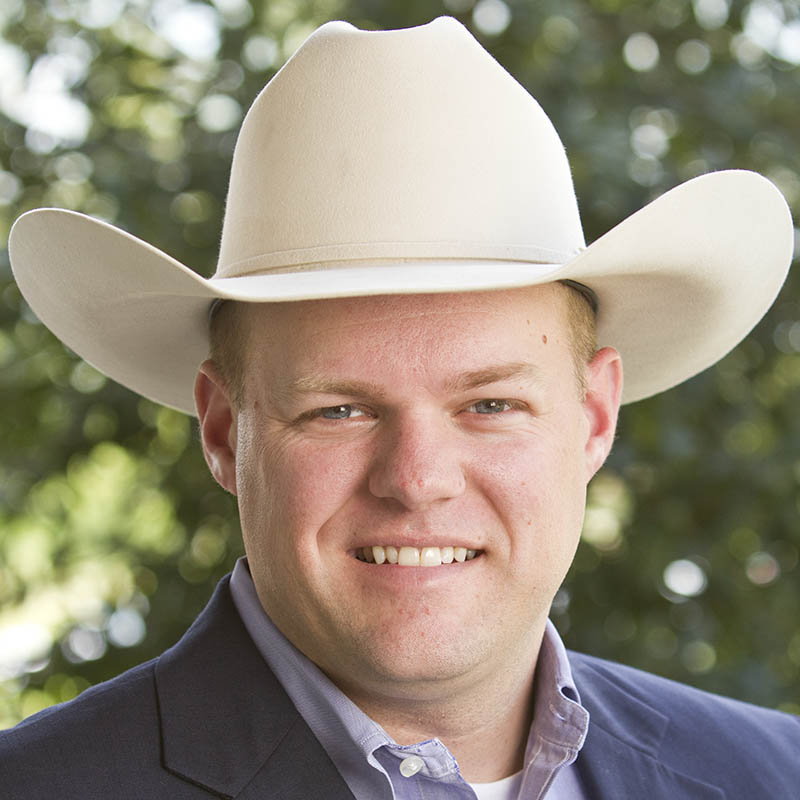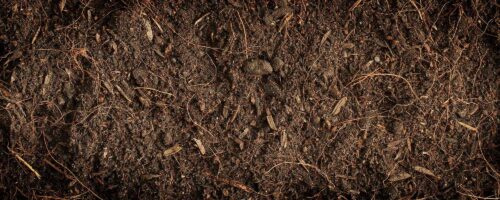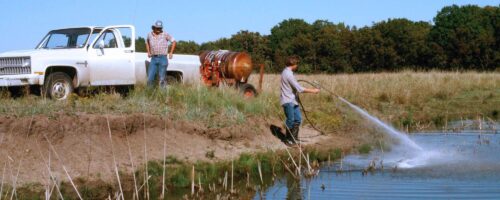Nutritionists spend a lot of time discussing total digestible nutrients, minerals, crude protein and even various fractions of protein. However, we often take for granted the most important nutrient, the one required in the greatest amount by any class of livestock water.
All animals require water. Water is needed to transport compounds via the blood, maintain cellular structural integrity, regulate temperature, etc. Livestock can satisfy water needs by drinking free water, consuming feedstuffs high in water content or doing both. In fact, if stocker cattle are provided abundant quantities of lush winter annual pasture (70 to 80 percent water), they may not need an additional water source. Domestic animals in otherwise good health can live for approximately 60 days without food, but only seven days without water. Dehydrated cattle will appear gaunt and listless and will have dry noses and sunken eyes. Hearing and sight both are adversely affected in a dehydrated state.
Adequate water status is absolutely critical for newly received stocker cattle, because dehydration severely impairs the ability of the trachea and lungs to resist and expel disease-causing organisms. Many stockers may be unfamiliar with water troughs, but locating them along the fence line will allow cattle walking the fence to find them. Also, letting the tank overflow or setting up a splashing fountain for the first few days can help calves find the water. Then the question becomes, “Can you make them drink?”
- Water intake is highly variable and depends on many factors, including:
- Animal (species, weight, physiological status, adaptation/experience, diet, disease)
- Environment (temperature, humidity, presence of shade)
- Water (location, quality, amount, temperature)
Water quality should be monitored with regular testing. High levels of certain chemicals in stock water can lead to low water intake and mineral toxicity and can also interact with, and prevent absorption of, nutrients from feedstuffs. Items to consider are total dissolved solids (TDS see Table 3), pH, sulfates, nitrates, trace minerals, microbes and chemical residues. The Noble Research Institute offers basic water analysis services through Ward Labs in Kearney, Neb.
Water delivery systems
Water delivery systems should be designed to meet the anticipated maximum demand from livestock. Generally, it is recommended to have one to two inches of water trough edge per 1,000 pounds of cattle in a pen. Cattle can drink 1.0 to 1.5 percent of their body weight per minute, which in the case of cows is about two gallons per minute (GPM). A water system using small troughs with no storage capacity should have enough flow to provide water to meet the herd’s requirement in one hour. Storage capacity of the tank can partially offset low water flow. Table 4 shows how to calculate water demand in terms of GPM. A common problem when designing water systems is the tendency to use small lines to cut costs.
Other factors to consider are changes in elevation from the water source to the tank, friction loss in the line (generally only a concern if the line is longer than 1,000 feet) and maximum/minimum acceptable pressure.
Research has shown that cattle prefer to drink from water tanks or troughs rather than ponds or streams. Ponds can be used to hold water and supply a tank out in the pasture via a pipe over or through the dam. In cases where there are human or wildlife/fishery interests associated with the pond, access points should be used to control animal impact on the pond.
Water is the most important nutrient. Adequate supply of acceptable quality water is crucial for high levels of production and absolutely paramount when animals are stressed.
“It is no problem to get new, innovative ways of doing things into your mind. The problem is getting the old ways out.” Dee Hock, founder of VISA



Comment